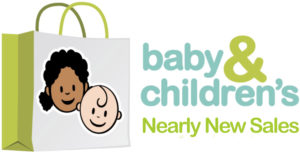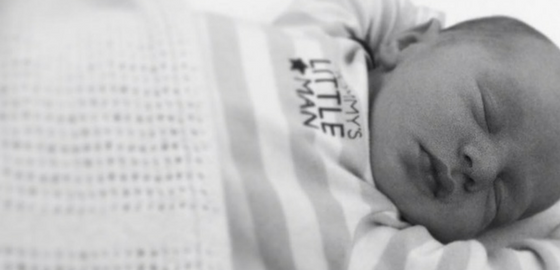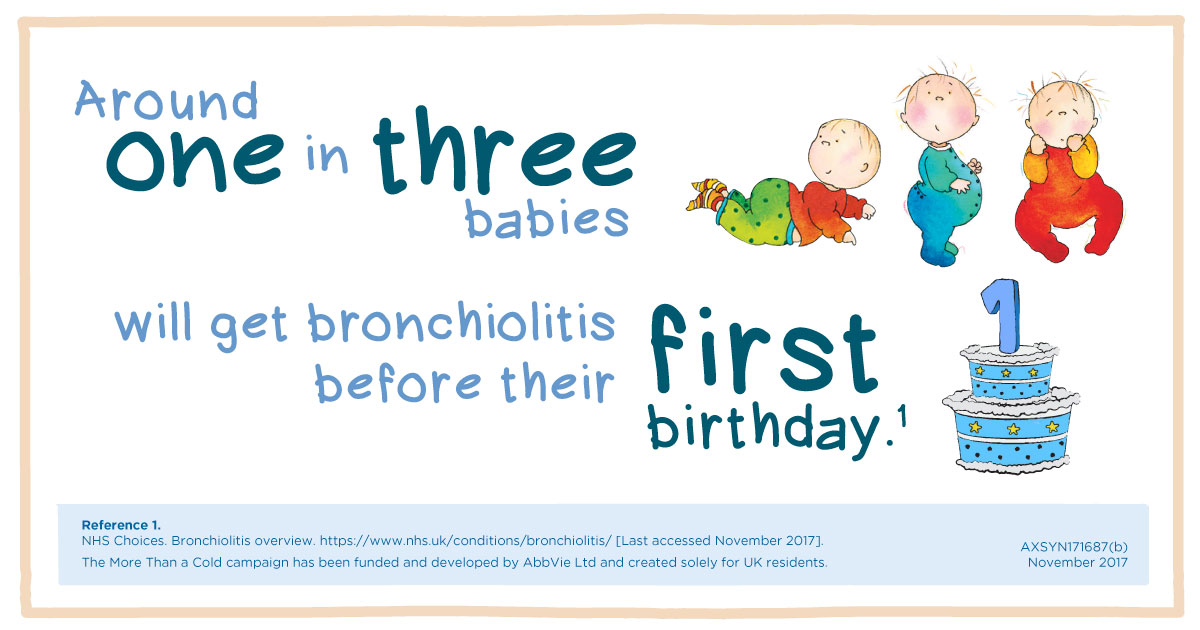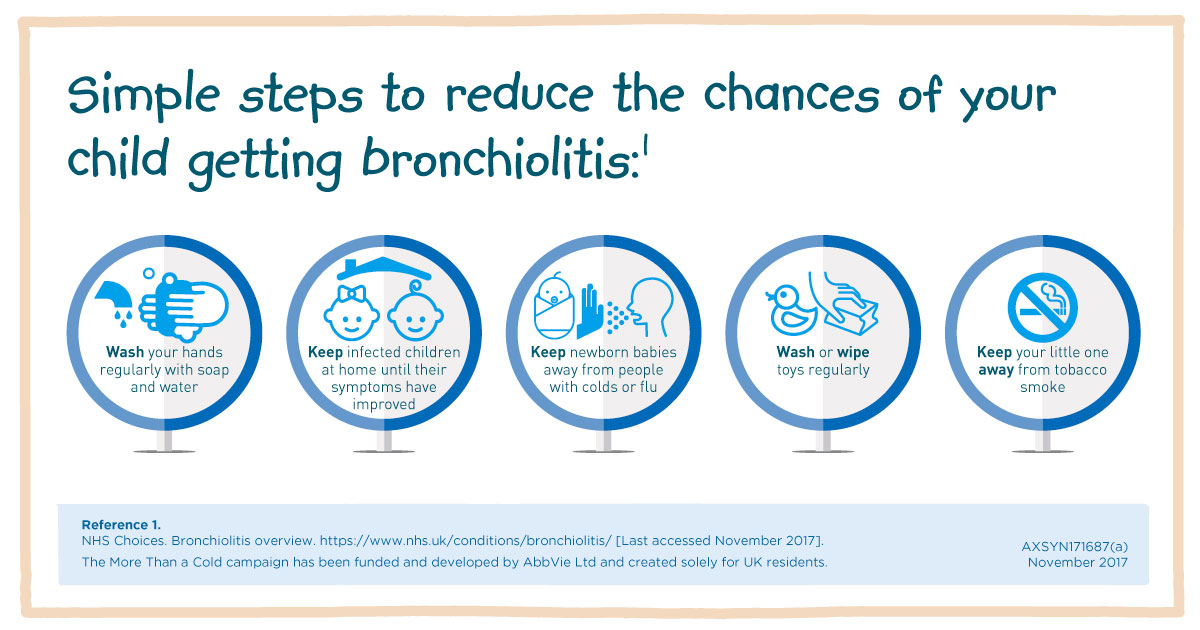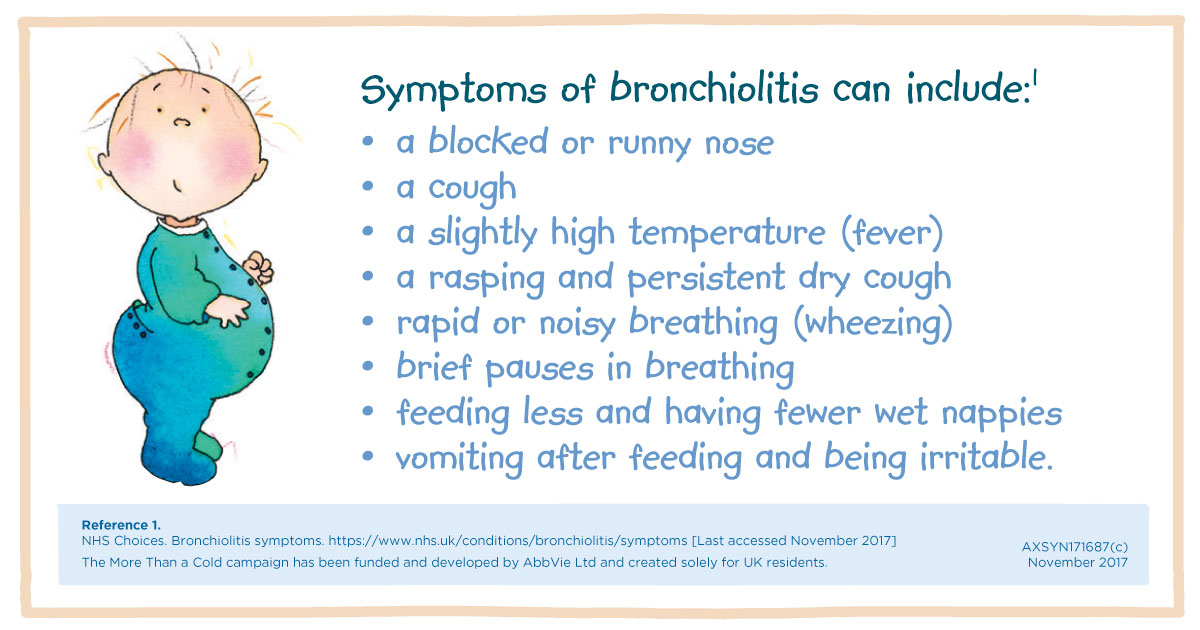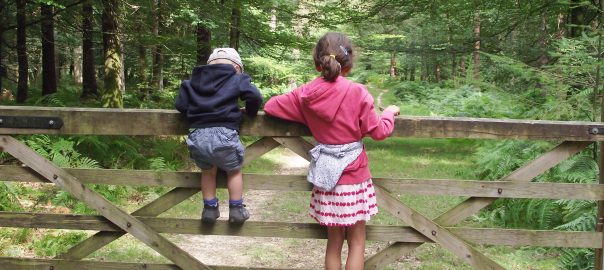Being a busy mum on a budget doesn’t mean that you should miss out on the relaxing, ‘you’ time that you deserve. One of the best ways to give your skin a pick-me-up is to apply a face mask while you kick back and relax.
Making a face mask at home from ingredients you may have in your kitchen cupboards not only saves you pennies, but is also a fabulous treat for your skin. So we’re sharing our five favourite home-made face masks. They don’t cost a lot to make and will do wonders for your skin with their natural goodness. So whisk one up, slap it on and relax. Go on, you deserve it!
1) For oily skin:
Avocado, porridge oats and honey are all great for oily skin. And, as avocados are filled with vitamin A it will help purge off any dead skin cells. All you need to do is blend two teaspoons of porridge oats, one teaspoon of avocado and one teaspoon of honey together to make a thick paste. Apply and leave for ten minutes or so before washing off with warm water.
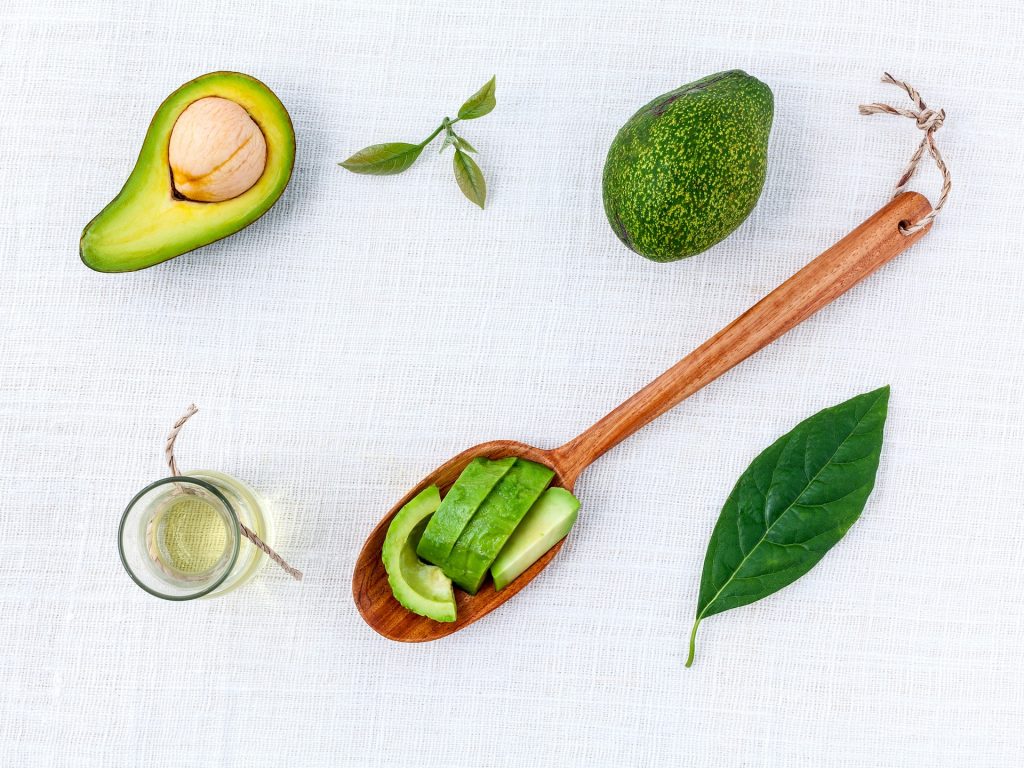
2) For dry skin:
Honey is a brilliant natural moisturiser for your skin. Mix together one egg yolk, one tablespoon of warm honey and one teaspoon of olive oil. Apply to your face for about 15 minutes and then be amazed at the moisturising properties of the natural ingredients when you wash it off!
3) For tired skin:
If your skin needs a bit of reviving, blend half a cucumber and one tbsp of natural yoghurt in a blender. Leave on your face for 15 minutes before washing off with cool water. The cucumber contains anti-oxidants and silica, which will rejuvenate your skin and leave it glowing.
4) For blemished skin:
Green tea contains many benefits for blemished skin. The healing properties in the tea reduce redness, unclog pores and reduce puffiness. You’ll need two green tea bags, one tablespoon of sugar and half a tablespoon of lemon juice. Leave the tea bags in hot water for about an hour. When the tea is cool, take out the bags and add the sugar and lemon. Rub over your face then rinse off after 15 minutes with cool water (the cool water will close your pores).
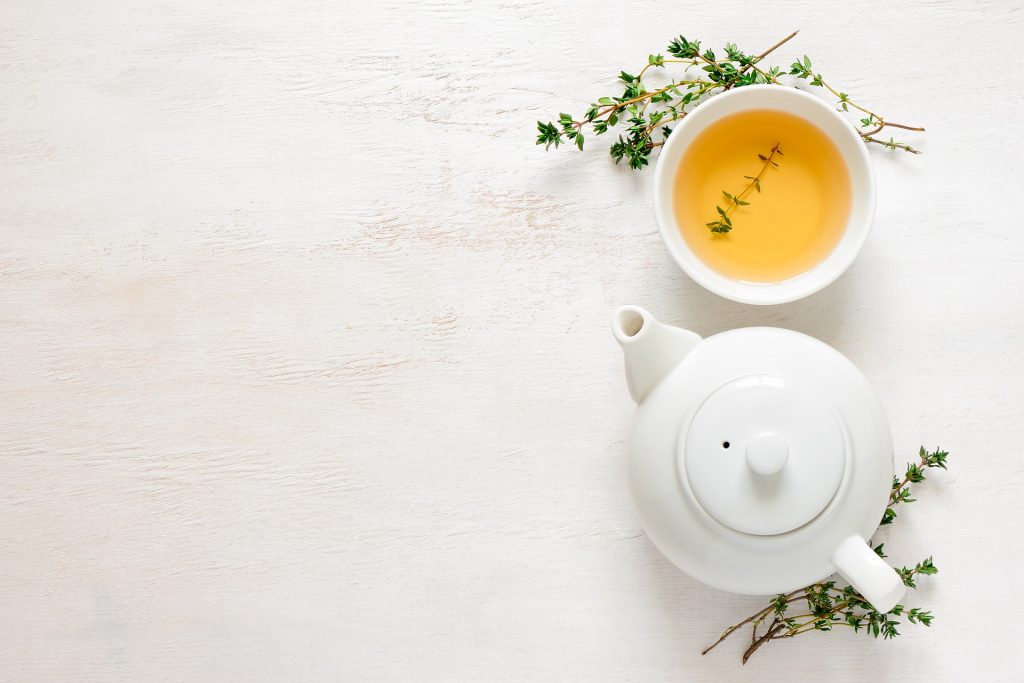
5) For anti-ageing:
A vitamin C mask is perfect as an anti-ageing skin treat. In a blender, blend together half a fresh, peeled kiwi fruit, two tablespoons of raw honey and two drops of orange essential oil. Rinse off with warm water after 15 – 20 minutes.
